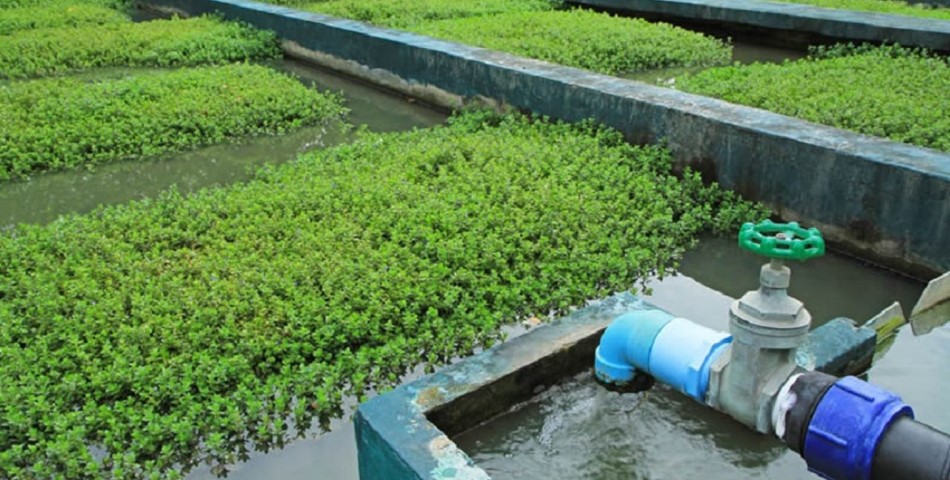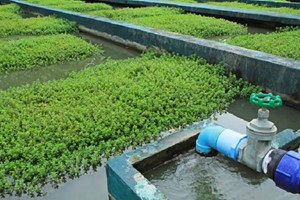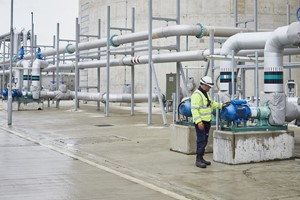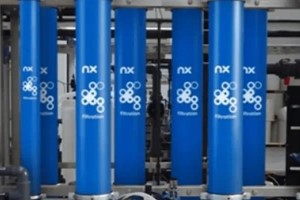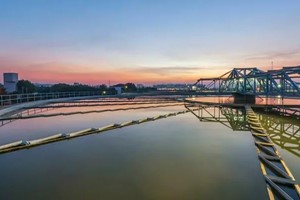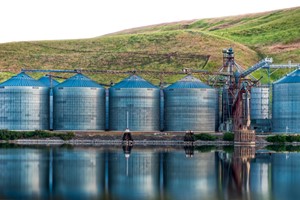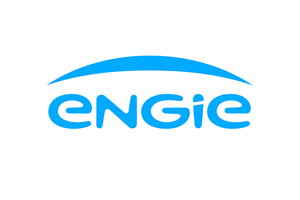Farmers must meet Environmental Protection Agency and local wastewater requirements for effluent, including those under the Clean Water Act.
Under the Clean Water Act, for example, the EPA has identified 65 pollutants and classes of pollutants as “toxic pollutants,” of which 126 specific substances have been designated “priority” toxic pollutants. Failing compliance can result in severe fines that quickly escalate.
Wastewater generated from agricultural processing operations, however, has high concentrations of suspended solids and can vary in fruit and vegetable effluents due to the seasonal nature of post-harvesting.
Vegetable washing not only generates wastewater with significant particulate matter and some dissolved organic matter, but also may contain surfactants. Low levels of pesticides used to treat the vegetables may also be present along with moderate levels of disinfectants such as chlorine.
Pollutants, such as free and emulsified oil and grease, suspended solids, organic colloids, dissolved inorganics, sludges and acidity or alkalinity, can also be present in agricultural wastewater and effluents during certain stages of common waste-water treatment. So, different types of wastewater contamination can require various strategies to remove the contamination.
For many farmers and agricultural professionals, this can require installing a wastewater treatment system that effectively separates the contaminants from the water so it can be legally discharged.
However, traditional wastewater treatment systems can be complex, often requiring multiple steps, a variety of chemicals and a considerable labor. Even when the process is supposedly automated, too often a technician must still monitor the equipment in person.
This usually requires oversight of mixing and separation, adding of chemicals and other tasks required to keep the process moving. Even then, the water produced can still fall below mandated requirements.
Although paying to have agricultural wastewater hauled away is also an option, it is extraordinarily expensive. In contrast, it is much more cost-effective to treat the agricultural wastewater at its source, so treated effluent can be legally discharged.
In addition, when treated sludge can pass a Toxicity Characteristics Leaching Procedure test it can be disposed of as non-hazardous waste in a local landfill.
Fortunately, complying with EPA and local wastewater regulation has become much easier with more fully automated, wastewater treatment systems. Such systems not only reliably meet regulatory wastewater requirements, but also significantly reduce the cost of treatment, labor and disposal when the proper Cleartreat separating agents are also used.
Cost-Effective, Automated Wastewater Treatment
In contrast to labor-intensive, multiple-step processes, automated agricultural wastewater treatment can help to streamline production, usually with a one-step process, while lowering costs at agricultural sites.
An automated wastewater treatment system can eliminate the need to monitor equipment in person while complying with EPA and locally mandated requirements.
Such automated systems separate suspended solids, emulsified oil and heavy metals, and encapsulate the contaminants, producing an easily de-waterable sludge in minutes, according to agricultural industry consultants at Sabo Industrial Corp., a New York-based manufacturer, distributor and integrator of industrial waste treatment equipment and solutions, including batch and fully automated systems, Cleartreat separating agents, bag filters and accessories.
The water is typically then separated using a de-watering table or bag filters before it is discharged onto land, into sewer systems, or further filtered for re-use as process water.
Other options for de-watering include using a filter press or rotary drum vacuum. The resulting solids are non-leachable and are considered non-hazardous, so will pass all required testing.
These systems are available as manual batch processors, semi-automatic, automatic and can be designed as a closed loop system for water reuse or provide a legally dischargeable effluent.
A new, fully customized system is not always required. In many cases, it can be faster and more cost-effective to add to or modify a facility’s current wastewater treatment systems when this is feasible.
However, because every wastewater stream is unique to its application, each wastewater treatment solution must be specifically tailored. The first step in evaluating the potential cost savings and effectiveness of a new system is to sample the wastewater to determine its chemical make-up followed by a full review of local water authority requirements, say agricultural industry consultants at Sabo Industrial.
The volume of wastewater that will be treated is also analyzed, to determine if a batch unit or flow-through system is required. Other considerations include the size restrictions, so the system fits within the agricultural facility’s available footprint.
Separating Agents
Despite all the advances in automating wastewater treatment equipment any such system requires effective separating agents which agglomerate with the solids in the wastewater so the solids can be safely and effectively separated out.
Because of the importance of separating agents for wastewater treatment, Sabo Industrial uses a special type of bentonite clay in a line of wastewater treatment chemicals called Cleartreat.
This line of wastewater treatment chemicals is formulated to promote flocculation, agglomeration and suspended solids removal, as well as break oil and water emulsion and provide heavy metals removal.
Bentonite has a large specific surface area with a net negative charge that makes it a particularly effective adsorbent and ion exchange for wastewater treatment applications to remove organic pollutants, nutrients, heavy metals and so forth.
As such, bentonite is essential to effectively encapsulate the materials. This can usually be achieved in one-step treatment, which lowers process and disposal costs.
In contrast, polymer-based products do not encapsulate the toxins, so systems that use that type of separating agent are more prone to having waste products leach back out over time or upon further agitation.
An Irrigation Solution During Drought
As drought increasingly impacts farming, automated cleaning and reclaiming of wastewater for irrigation can also be an important solution.
According to the U.S. Department of Agriculture, treated wastewater may be the irrigation wave of the future.
Agriculture accounts for more than 80% of the nation’s water consumption, notes USDA’s Economic Research Service, but water shortage is an increasing problem worsened by persistent drought.
However, research by Clinton Williams, lead research soil scientist at the U.S. Arid Land Agricultural Research Center in Maricopa, Arizona, shows that municipal wastewater can be used to irrigate crops.
“The safe use of wastewater to irrigate food crops is manageable with treatment and monitoring,” Williams said.
To provide needed irrigation even during periods of drought, today’s automated systems along with Cleartreat separating agents can provide farmers with easy, cost-effective wastewater treatment so they remain compliant with local ordinances and the EPA.
Although there is a cost to these systems, they do not require much attention and can easily be more economical than paying fines or hauling.



